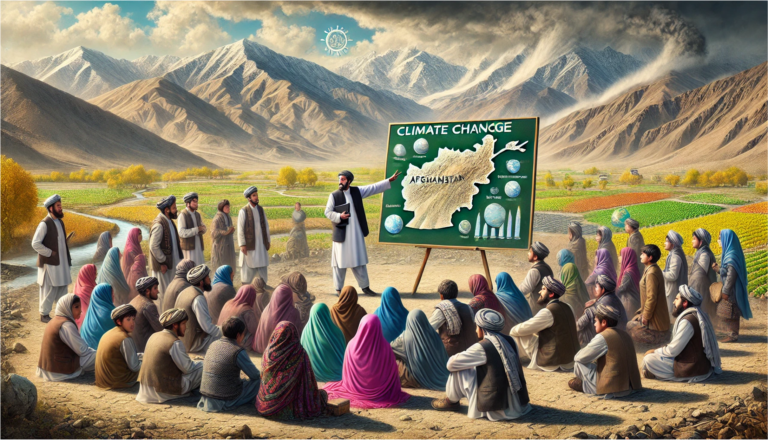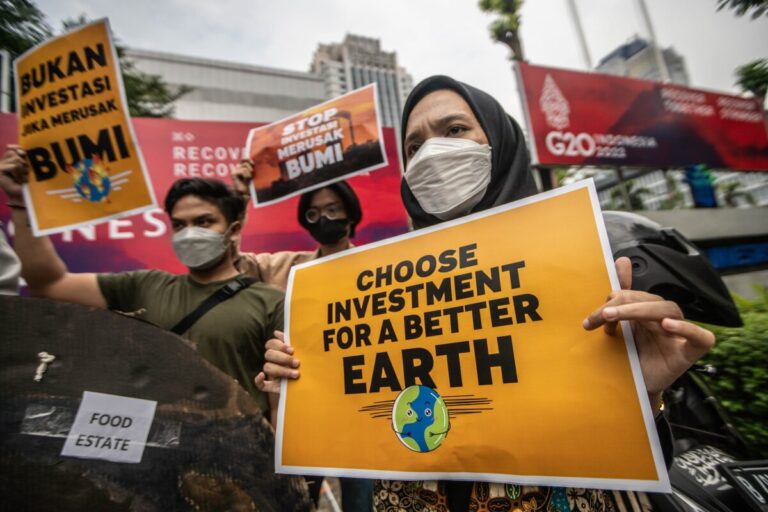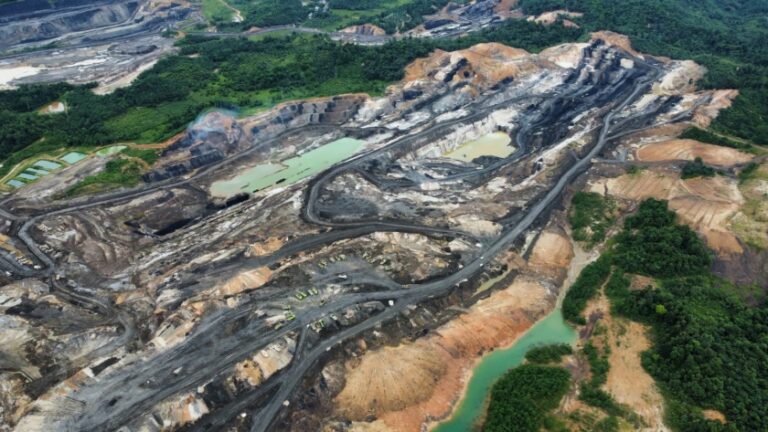Flash Floods are big climate issues in the world that create big social and economic problems, in Afghanistan flash floods mostly cause many destructions, losing lives and displacing more than thousands of people. Flash floods hit northern Afghanistan in May 2024, causing over 1,600 injuries and over 315 deaths (Al Jazeera, 2024). Also, these floods destroyed many homes around the country, particularly in Badakhshan, Baghland, and Parwan Provinces, and also in Baghlan displaced entire communities, and many other negative effects of the flood. This climate disaster in Afghanistan points out the urgent need to address the different causes of flash floods and implement effective policies and solutions to mitigate their negative impact (Mayar, 2024).
The Causes of Flash Floods in Afghanistan
Flash Floods in Afghanistan are driven by many different trends, like a combination of seasonal weather patterns, human vulnerability, and climate change. In the spring season, the weather becomes hot, and rises the temperature in February and March this leads to increased rainfall and rapid snowmelt, especially in lower regions. The monsoon season, especially from July to August, also brings heavy rains, and increases flooding, particularly in the places that are affected by drought where the soil is not able to absorb water.
As we know Climate Change is intensifying these patterns, resulting in more erratic and severe weather situations. Afghanistan’s mountainous terrain increased the threats, where water rushes down valleys from high hills, destroying communities that they leave in this area and they may have previously been safe. In addition, these regions are especially vulnerable due to their fast population growth and poor infrastructure (Locally, mud and other basic materials like clay, straw, and wood are used to build their houses), so these causes put more people in danger (Mayar, 2024).
Why Flash Floods Are So Deadly
Flash Floods can be deadly everywhere around the world but especially in Afghanistan because of poor infrastructure, sudden onset, and intense rainfall. These flash floods can happen within minutes, giving little time for people to get ready or leave the flooded area, particularly during droughts, heavy rainfall overtakes the grounds immediately in such areas, resulting in rapid runoff and sinking normally safe places.
Unfortunately, Afghanistan’s mountainous terrain and rugged geography worsen the impact of floods, where water flows down slopes into inhabited valleys from hills. Communities are at higher risk of flood danger due to poorly built houses, inadequate drainage systems, and lack of flood barriers. The high mortality rate during flash floods in such areas are a result of these elements and also the lack of effective early warning systems (Al Jazeera, 2024).
The Devastating Impacts of Flash Floods
Flash floods can have far-reaching effects. At least 214 people had been killed, 328 wounded, and more than 12,000 houses had been demolished or damaged by flash floods by the middle of May 2024. The foundation of Afghanistan’s economy, agriculture, has also been negatively impacted, with 10,000 acres of fields flooded. Food insecurity and pricing have increased as a result of the loss of crops and livestock in all over the country especially areas like Baghlan and Badakhshan (ACAPS Briefing Note, 2024).
Effective response to such catastrophes is hampered by Afghanistan’s social and economic weaknesses, which include inadequate infrastructure and persistent geopolitical issues. Women, children, and people in poverty are among the marginalized populations who are disproportionately impacted and face extra obstacles to rehabilitation. The high death rates have also been attributed to the absence of effective flood risk monitoring and early warning systems. (Notice of ACAPS Briefing, 2024)
Solutions and Mitigation Strategies
Afghanistan needs an extensive and multifaceted strategy to lessen the destructive impacts of flash floods. Early warning system development and improvement as a short term method are essential. Such gadgets can help communities prepare and evacuate by sending out timely notifications, which might save lives (Al Jazeera, 2024).
Another important long-term option is infrastructure development. In Afghanistan, mud and primary raw materials are used to build a large number of homes, making them vulnerable to climate change catastrophes. Flood effects may be considerably reduced by building and maintaining flood barriers including drainage systems and retaining walls. Better planning and resource allocation are made possible by the identification of flood-prone regions using interactive mapping and risk assessment tools.
Building resilience requires education and community involvement. Increasing people’s knowledge of flood hazards and safety precautions encourages them to take preventative action to safeguard their property and themselves. Furthermore, afforestation and better irrigation methods are examples of sustainable land management measures that can improve soil absorption and lower runoff in agricultural regions (Before the Deluge, 2024). For this the government should make it possible for all Afghan residents to attend schools and colleges in order to implement this strategy and acquire this information.
Finally, it is critical to use adaptive measures to handle climate change. Communities need to be prepared to handle these issues as flooding threats increase due to climate change. Afghanistan may strengthen its resilience against potential disasters and lessen its susceptibility to flash floods by combining these tactics (Before the Deluge, 2024).
I believe Afghanistan’s climate change issues particularly the flash floods crisis need a proactive coordinated strategy. To save people’s lives and livelihoods, we should give priority to funding sustainable infrastructure and early warning systems. To address the issues of climate-related issues like flash flood catastrophes, the Afghan government (Taliban) must seek out financial and technical assistance in collaboration with international organizations and the same affected countries like India and Bangladesh.
A clear reminder of the global climate emergency is provided by this tragedy. The global community must work together to lower emissions, improve resilience, and advance sustainable development as the frequency and intensity of natural disasters increase. Addressing flash floods is more than just disaster relief for Afghanistan; it’s about ensuring a more secure and just climate-resilient future.









+ There are no comments
Add yours